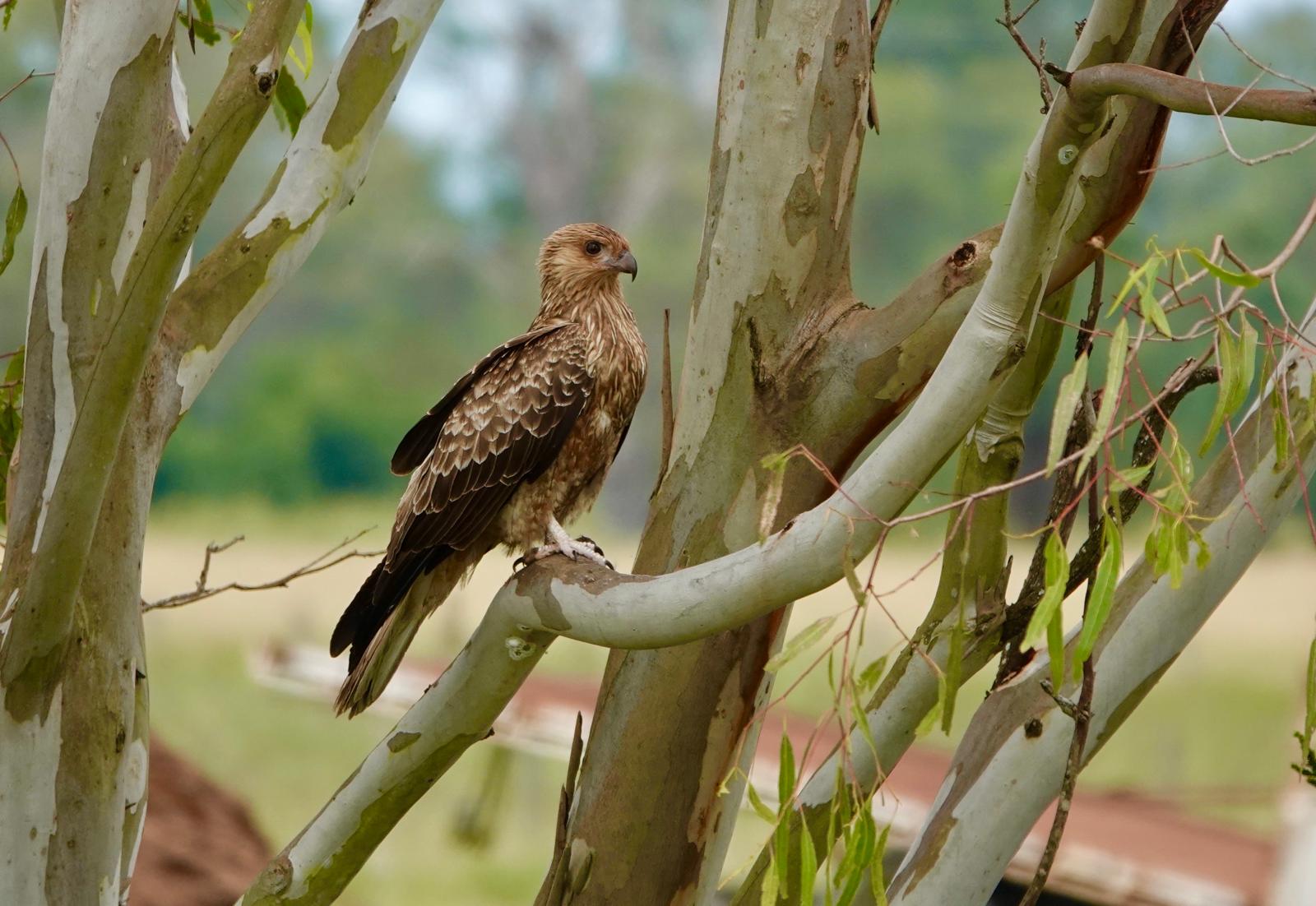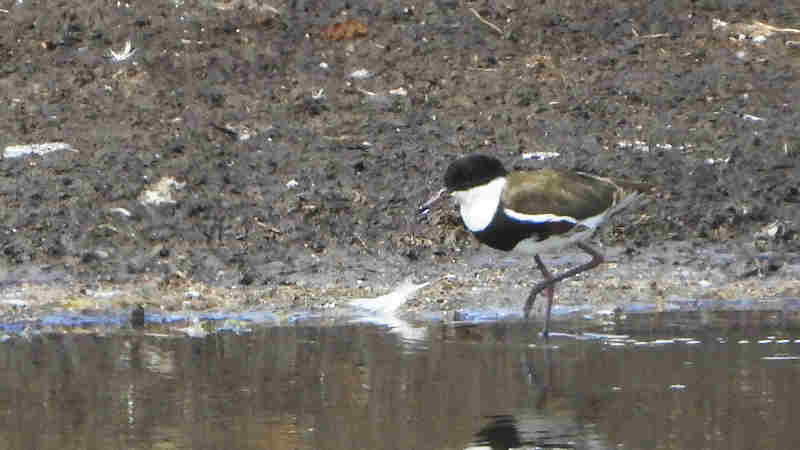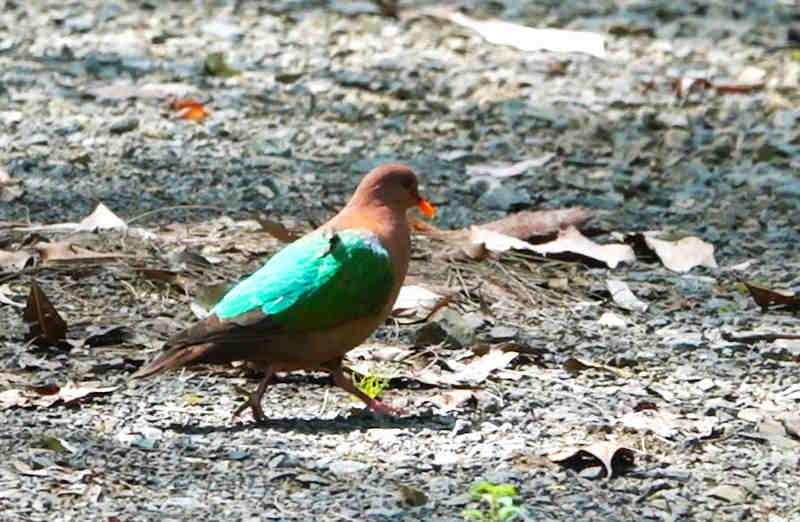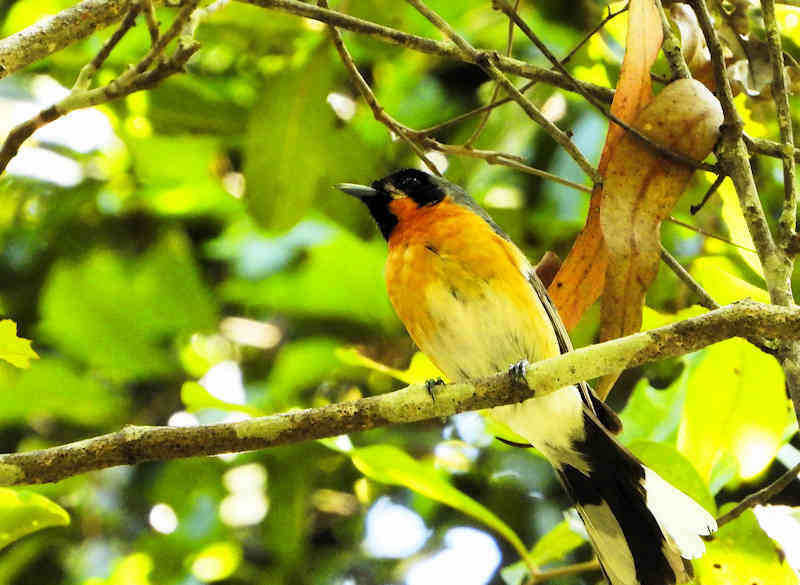Brown Quail (Coturnix ypsilophora)
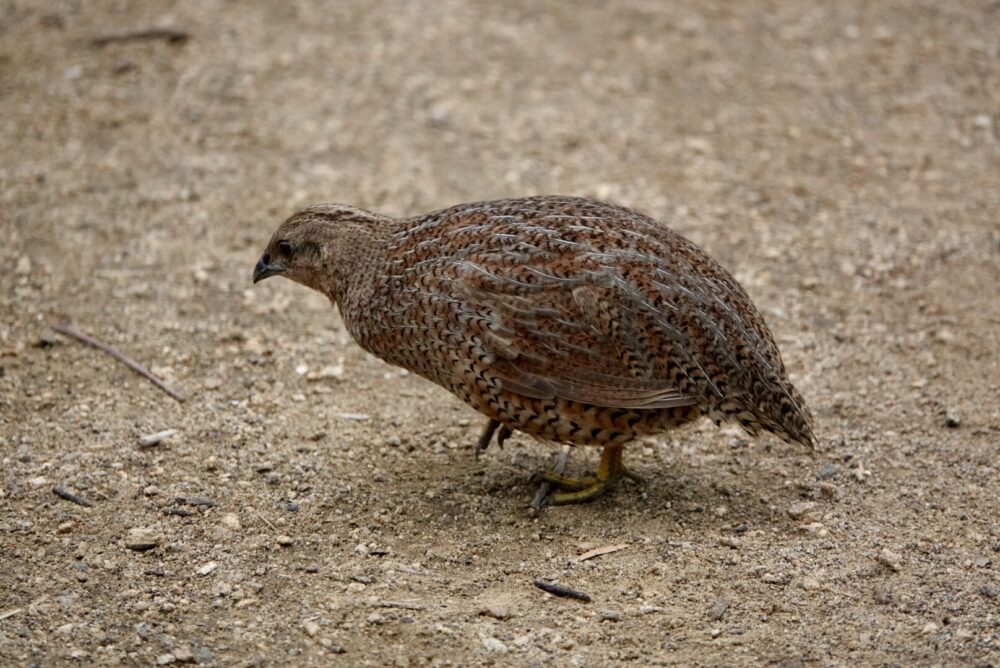
Nestled in the dense grasslands and woodlands of Australia and its neighboring regions, the Brown Quail (Coturnix ypsilophora) leads an unassuming yet intriguing existence. This small, ground-dwelling bird is renowned for its cryptic plumage, elusive behavior, and its role as an essential component of the ecosystems it inhabits. In this article, we embark on a journey to uncover the captivating world of the Brown Quail, shedding light on its unique characteristics, behaviors, and the important place it holds in the natural tapestry of its native habitat.
Appearance:
The Brown Quail is a small bird, typically measuring between 15 to 18 centimeters in length. Its plumage is predominantly brown, with intricate streaks and spots that provide excellent camouflage in its grassy and densely vegetated habitat. A distinguishing feature is its distinctive, white-banded face and throat, which contrasts with its overall earthy tones.
Distribution and Habitat:
Brown Quails are native to various regions across Australia, including the eastern, northern, and western coasts, as well as parts of Southeast Asia, New Guinea, and nearby islands. They are highly adaptable birds, thriving in diverse habitats such as grasslands, woodlands, marshes, and even cultivated farmlands.
Behavior and Feeding Habits:
These unassuming birds are known for their elusive and secretive behavior. Brown Quails are ground-dwelling creatures, often venturing into dense vegetation to hide from potential threats. They are primarily seed-eaters but also consume a variety of other plant materials, insects, and small invertebrates as part of their diet.
Brown Quails employ their remarkable camouflage to blend seamlessly into their surroundings, making them challenging to spot in the wild. Their cryptic plumage and elusive nature have earned them the nickname “feathered mice.”
Breeding and Nesting:
Brown Quails breed during the warmer months, from September to April, creating shallow, grass-lined nests typically placed on the ground amidst thick vegetation. The females lay a clutch of eggs, which they incubate diligently, while the males may contribute to guarding the nest. After hatching, both parents help care for and protect the chicks until they can fend for themselves.
Brown Quail seen at Oxley Creek Common Queensland
Conservation Status:
Brown Quails are not currently considered a threatened species. However, they face challenges related to habitat loss and degradation due to land-use changes and agricultural development. Efforts to preserve their natural habitats and minimize disturbances are vital for their continued well-being and the preservation of their ecosystems.
Conclusion:
The Brown Quail, with its unassuming beauty and cryptic lifestyle, represents the resilience and adaptability of avian life in Australia and beyond. Their subtle charm and essential role in ecosystems as both seed-eaters and insect predators make them integral to the web of life in their native habitats. As we continue to explore and appreciate the Brown Quail, we gain a deeper understanding of the intricate balance that characterizes these natural ecosystems. By valuing and conserving their habitats and the biodiversity they support, we ensure that these unassuming yet remarkable birds continue to grace the grasslands and woodlands for generations to come, hidden treasures of the natural world.
We are affiliated with Amazon and make a small royalty at no extra cost to you, so by using the links below to purchase your next birding gear you can help us to maintain Simply Birding and continue to bring great content:

Canon, Sony and Nikon cameras: https://amzn.to/4gmtDWk

Lenses for bird photography: https://amzn.to/3WG3vyF

Tripods: https://amzn.to/3PVDNT0

Memory Cards: https://amzn.to/3PV4Y0z

Bird books: https://amzn.to/42NgsKS

Binoculars for bird watching: https://amzn.to/42G0nGZ

Spotting Scopes for bird watching: https://amzn.to/4hom5nq












